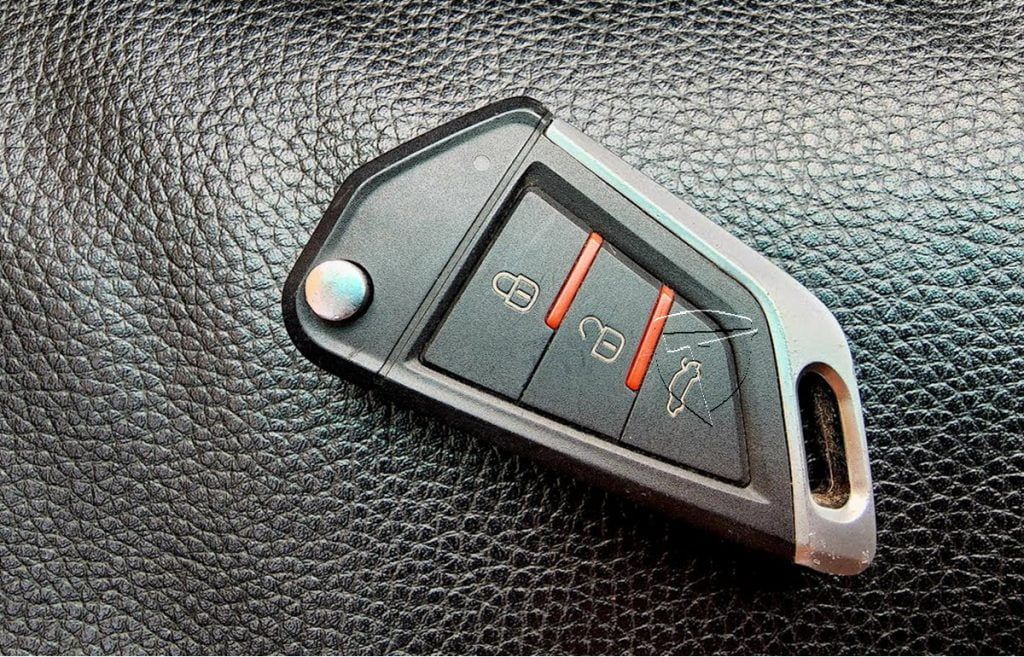When you first start a car with just a pressing of a button, the feeling is unexplainable– instead of the conventional key turning. The push to start button ignition is one of those car features that doesn’t really bring any new functionality over the thing it’s replacing (in this case, the ignition system that has you insert and turn a key). The technology only exists mainly for the sake of convenience, and it does it well. All you need to do is get in the car, press down on the brake pedal and a button, and you’re ready to drive. It’s as quick as unlocking your phone with a fingerprint or face ID.
ALSO READ: Four new airlines apply to operate in Uganda
Using Push to start ignition trips a switch on a surge protector and could give a driver access to nearly 2,000 watts. That’s not a small sum, but pushing a button to start a car gives you the power to move your family, luggage, and, yourself places.
The beauty about the Push to start ignition buttons is that they are relatively standard across the auto industry, which is surprising considering how different old keys can be. All the buttons I have seen from 3rd party vendors are circular, located somewhere to the right of the steering wheel, and have lighting to indicate that your car is on. There are some safety measures — many cars guard against accidental starts by having a driver simultaneously press the brake pedal. Personally, it feels like just the right mix of convenience and manual process — the foot/hand coordination makes it feel like you’re doing something, but you don’t have the annoyance of fiddling with a key.
It should be noted that I was under the impression that Push to start ignition is not a relatively modern feature, as its origins go back over one hundred years. One of the first cars with a button-based ignition was the 1912 Cadillac Model 30, which had you press a button to activate the electric starter that replaced the engine crank. Of course, this was still pretty early days for “motor cars,” so the convenience factor was sort of diminished by the few other steps (like setting the engine’s fuel/air ratio and spark timing) you had to do. Still, it feels fair to describe the Model 30 as having a push-button start. Since these cars were also keyless, not because they wirelessly communicated with a fob the way modern cars do.
How they work
The way the keyless system works is by using a fob that you keep in your purse, pocket, or anywhere it’ll be close to the vehicle when you’re ready to start it. The fob emits a low-frequency signal and sends it to the vehicle’s computer. When you push the start button in the vehicle, the computer validates the signal and starts the engine.
In addition to keyless ignition, these systems are usually equipped with keyless entry, as well. Keyless ignition systems are particularly convenient for drivers with disabilities, such as arthritis, which makes it difficult to grip and turn a key. Although these systems aren’t yet considered standard features, they are available on most vehicles as an option.
The Push to start ignition system was popularized in 1998 by Mercedes-Benz with its KeylessGo system in the S-Class. While that car came with a somewhat standard key you could turn to start the car, you could option it out to include a keyless system that wouldn’t be out of place in a modern car. As long as you had a special plastic card on you, you could walk up to the car, get in it, and turn it on by pressing a button on the top of the gear shifter.

Affordable push to start ignition market
The push to start ignition feature had always been reserved for luxury cars, in fact, the feature isn’t as exotic here in 2022, it’s not exactly ubiquitous yet; looking at the latest models of the most-sold cars. If you buy the lowest-end model of the Toyota RAV4, Camry, or Tacoma, a Honda CR-V, or a Ford F-150, you’ll be getting a traditional turning key to start it up with. However, by the time you’ve moved up two or three trims, all the vehicles ditch the ignition cylinder for a button.
Since vehicles with push-to-start technology are becoming more and more popular, you might wonder if it’s possible to add an aftermarket remote starter to your keyless ignition system if it didn’t come with one installed from the factory. The good news is, yes, you can do it. The bad news is that installing one of these systems is more complicated than putting on a vehicle that still uses a key ignition. The 3rd party push to start ignition market goes an extra mile adding in features like; remote car starting, car alarm system, car tracking, and unlocking using a 4G connection and a smartphone app.
For best performance, you must get a high-quality remote start system that’s compatible with your vehicle. While these devices can be pricey, it’s better to spend the money on something that’s going to work versus something that’s going to give you problems. When installing these systems, you must make the proper electrical connections and route the wires safely and securely so that nothing comes loose. If you’re not handy with tools or have a limited understanding of electrical systems, it’s best to get your starter installed by a professional.

